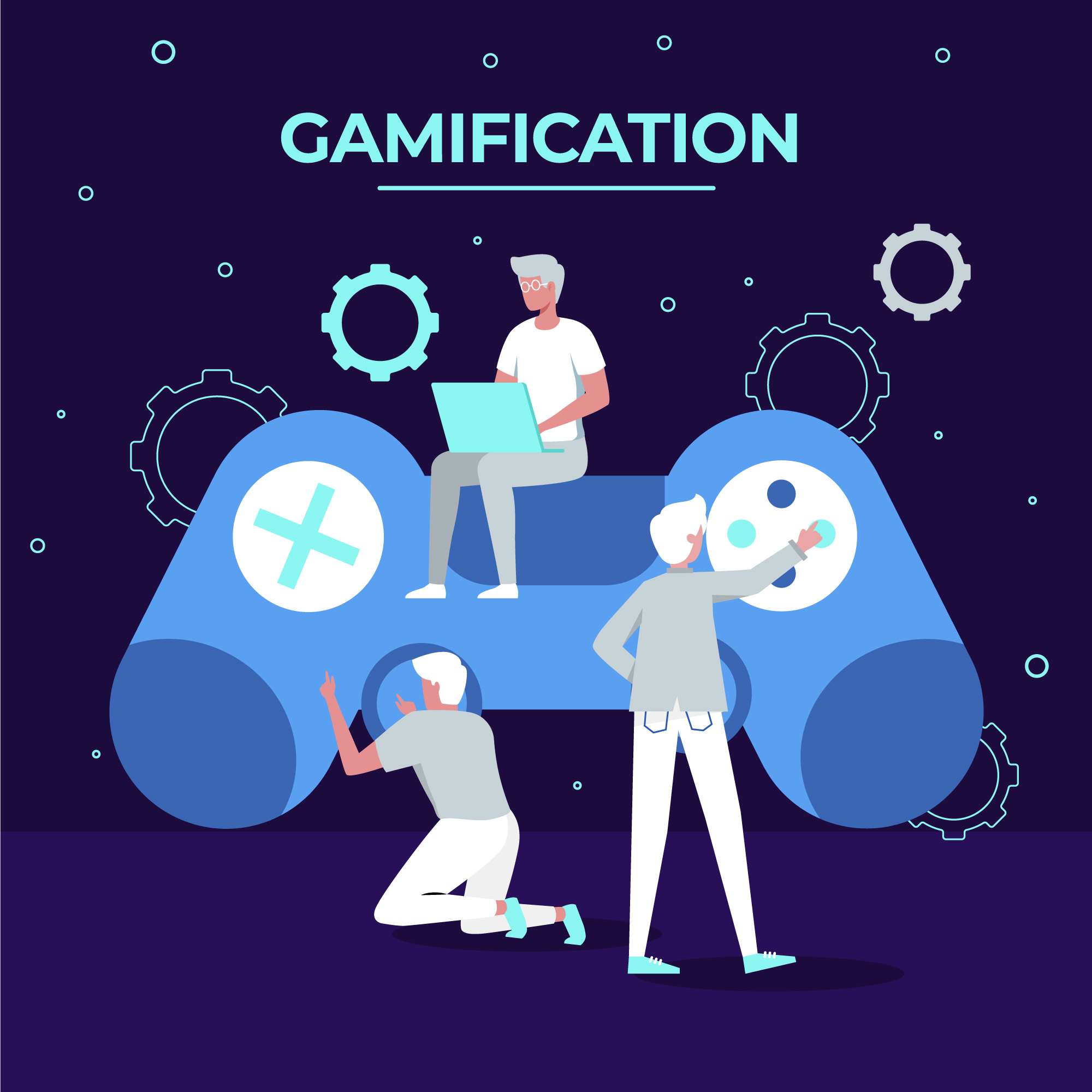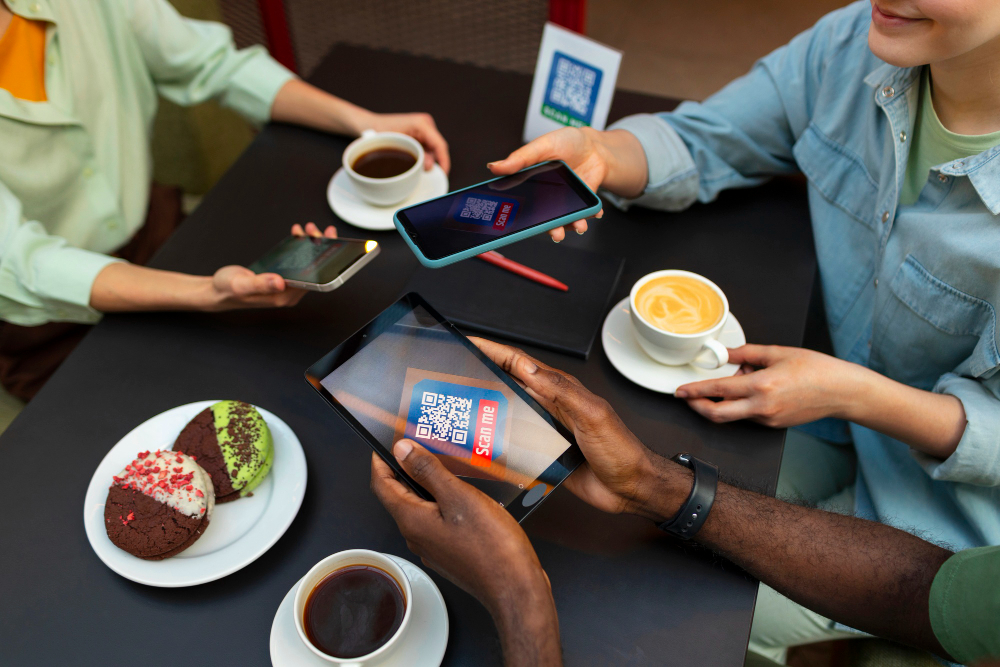In today’s digital world, user experience (UX) has become a paramount consideration for businesses and developers alike. As the online landscape becomes increasingly competitive, the need to capture and retain users’ attention has led to the rise of innovative techniques to enhance engagement. One such strategy that has gained significant popularity is gamification in UX design. By integrating game elements into non-game contexts, companies can create a more enjoyable and interactive experience for users, fostering higher levels of engagement and loyalty.
Understanding Gamification in UX Design:
Gamification is the practice of applying game-like elements, mechanics, and principles in non-gaming contexts to encourage specific behaviors and interactions. In UX design, these elements are strategically incorporated into websites, applications, or products to make the user experience more enjoyable, immersive, and rewarding. These game elements can include points, badges, leaderboards, challenges, levels, progress bars, rewards, and other interactive features.
The Psychology Behind Gamification:
Gamification leverages principles of psychology to appeal to human nature and motivate users to participate actively. Some key psychological factors at play include:
- Intrinsic Motivation: By appealing to users’ intrinsic desires for achievement, mastery, and autonomy, gamification fosters a sense of personal gratification in completing tasks or challenges.
- Extrinsic Rewards: The use of points, badges, and other rewards tap into users’ desire for recognition and status, driving them to accomplish more.
- Social Proof: Leaderboards and social sharing options create a sense of competition and community, encouraging users to engage and connect with others.
- Goal-setting and Progression: Game elements like progress bars and levels provide a clear sense of accomplishment, motivating users to continue their journey.
Benefits of Gamification in UX Design:
- Enhanced User Engagement: Gamification provides an interactive and dynamic experience, capturing users’ attention for longer periods and increasing overall engagement.
- Improved Learning and Retention: Game-based learning has been shown to improve information retention and knowledge absorption as users actively participate in the learning process.
- Increased User Loyalty: When users find the experience enjoyable and rewarding, they are more likely to return and remain loyal to the platform or brand.
- Data Collection and User Insights: Gamification allows for the collection of valuable user data, providing insights into user behavior and preferences that can inform future design improvements.
- Positive Brand Perception: A well-executed gamified experience can enhance a brand’s image, associating it with fun, innovation, and user-centricity.
Examples of Gamification in UX Design:
- Duolingo: Language learning app Duolingo incorporates gamification elements like levels, streaks, and points, making the process of learning a new language feel like a rewarding game.
- Nike Run Club: The Nike Run Club app utilizes badges and challenges to motivate runners, creating a sense of accomplishment and fostering a community of fitness enthusiasts.
- Starbucks Rewards: Starbucks’ loyalty program employs a points-based system that incentivizes users to make repeat purchases and unlock various rewards.
- Habitica: Habitica transforms habit tracking and task management into an RPG-style game, where users earn rewards for completing real-life tasks.
- LinkedIn Profile Strength: LinkedIn uses a progress bar to encourage users to complete their profiles fully, increasing their engagement on the platform.
Best Practices for Implementing Gamification in UX Design:
- Align Game Elements with User Goals: Ensure that the gamified elements support the users’ primary objectives, making their journey more enjoyable and meaningful.
- Keep it Simple and Intuitive: Avoid overwhelming users with complex game mechanics. The experience should be easy to understand and navigate.
- Offer Meaningful Rewards: Provide rewards that genuinely benefit users and recognize their efforts, fostering a sense of accomplishment and value.
- Foster a Sense of Community: Incorporate social features that enable users to connect, share achievements, and compete with their peers.
- Test and Iterate: Continuously gather user feedback and data to refine the gamification elements for optimal results.
Gamification in UX design offers a powerful approach to engage users and enhance their online experiences. By leveraging game elements and psychological principles, businesses can create interactive, enjoyable, and rewarding platforms that encourage user participation, increase loyalty, and drive desired behaviors. However, it is essential to strike the right balance and align game elements with the users’ goals to ensure a meaningful and effective gamified experience. As technology and user expectations evolve, gamification will continue to be a valuable tool for businesses seeking to stand out in the competitive digital landscape and deliver exceptional user experiences.
For more blogs related to design: https://www.dotsod.in/blog/
Follow DOT School of Design on Facebook, Instagram, LinkedIn, Medium and YouTube



